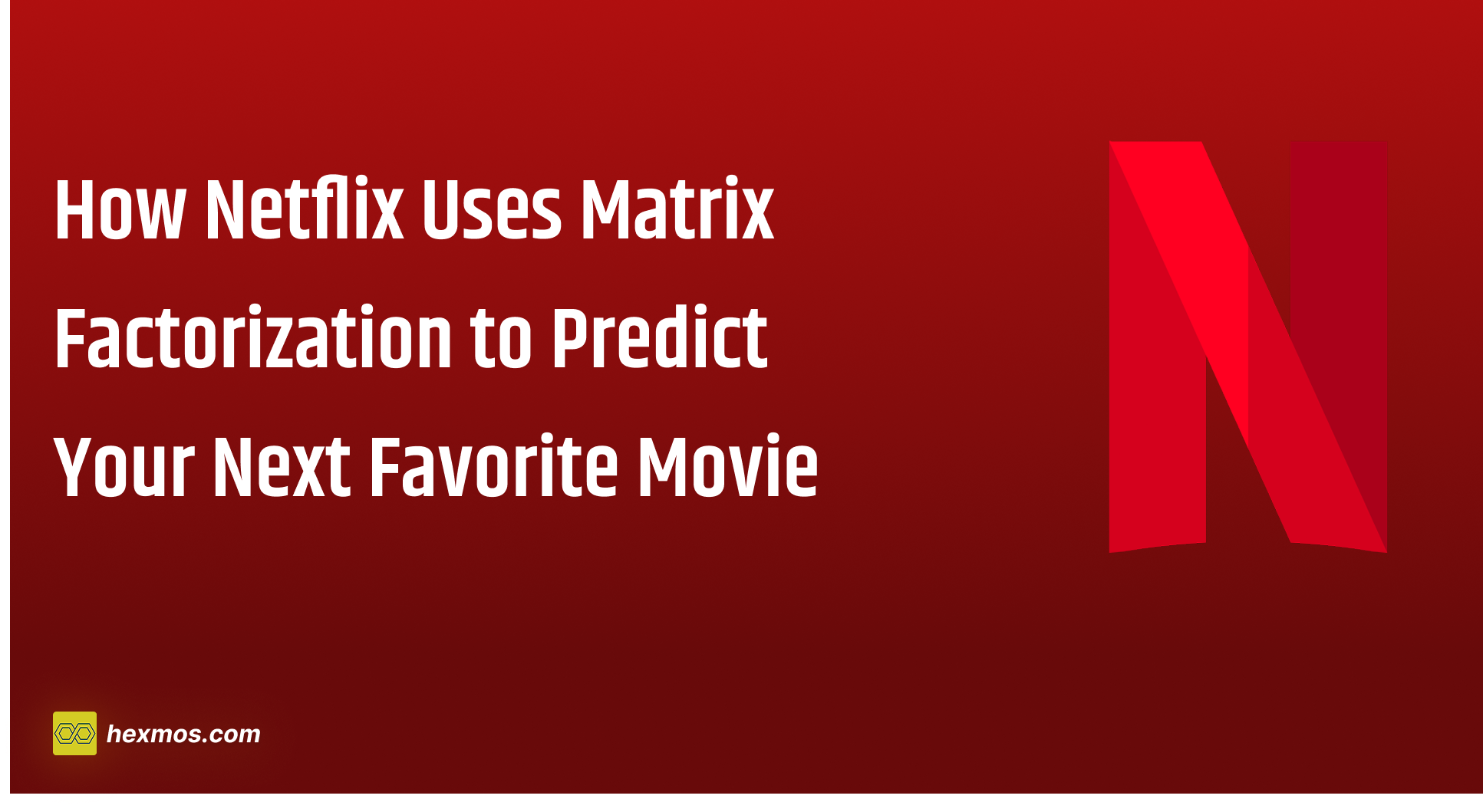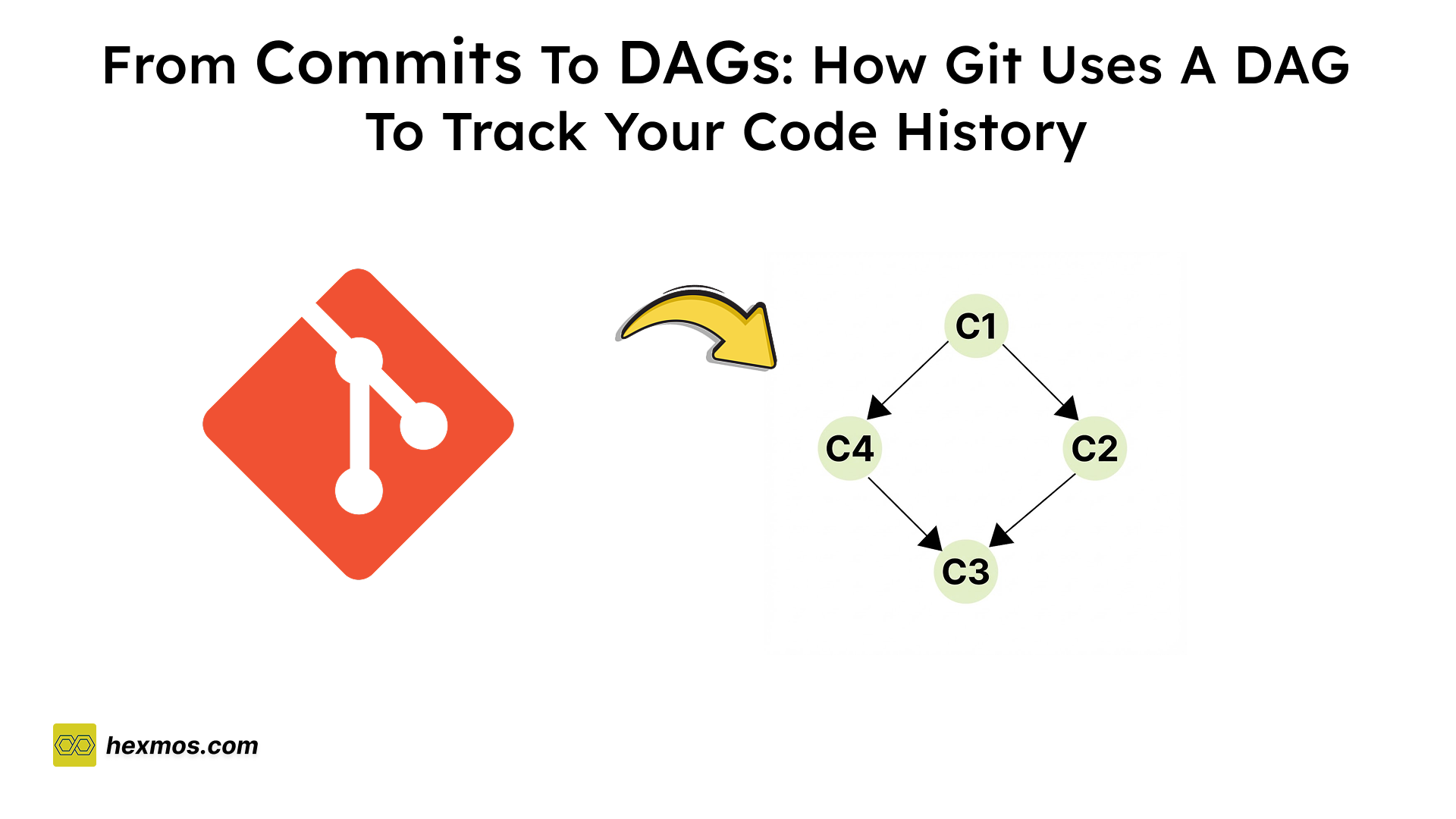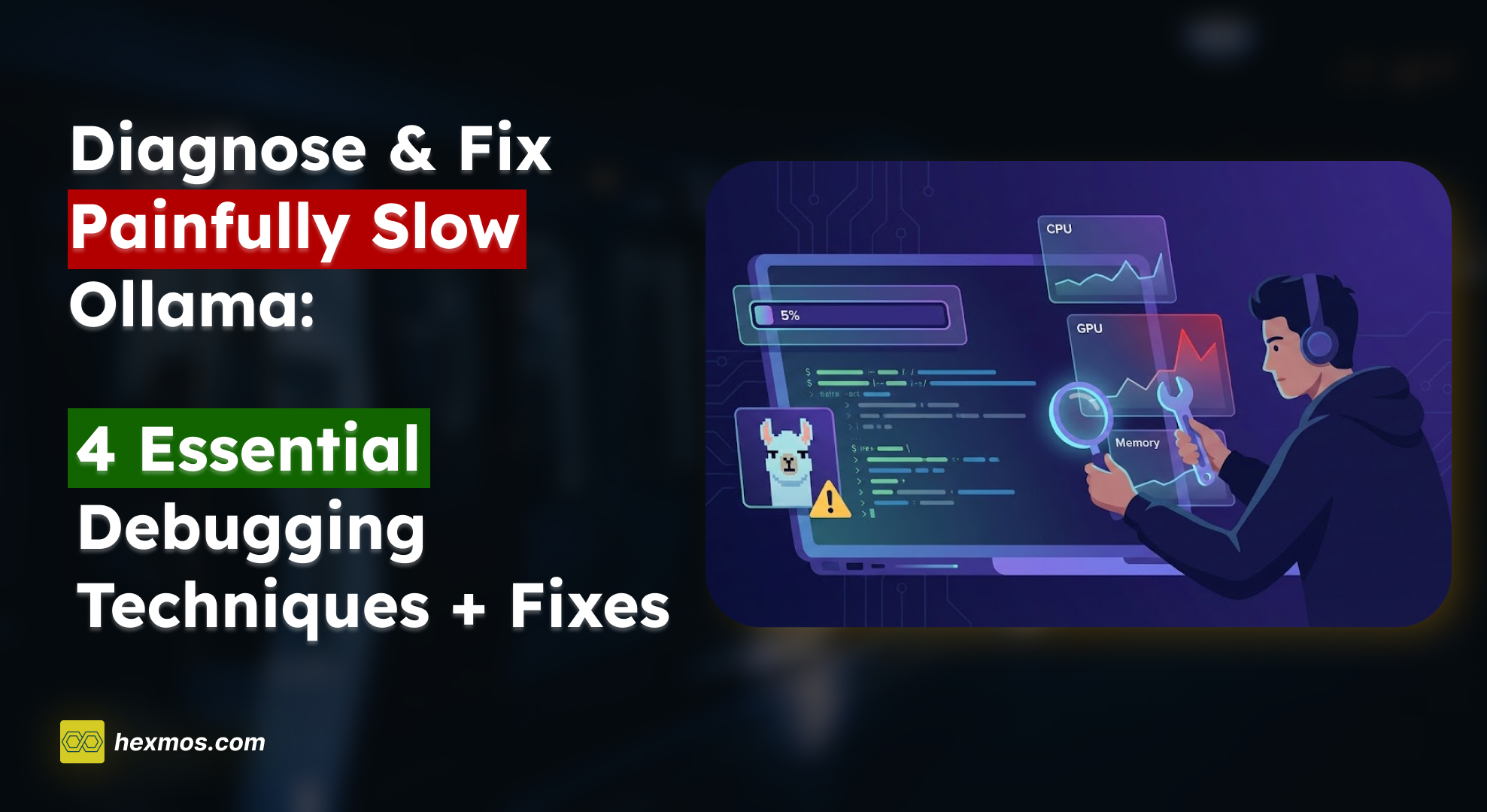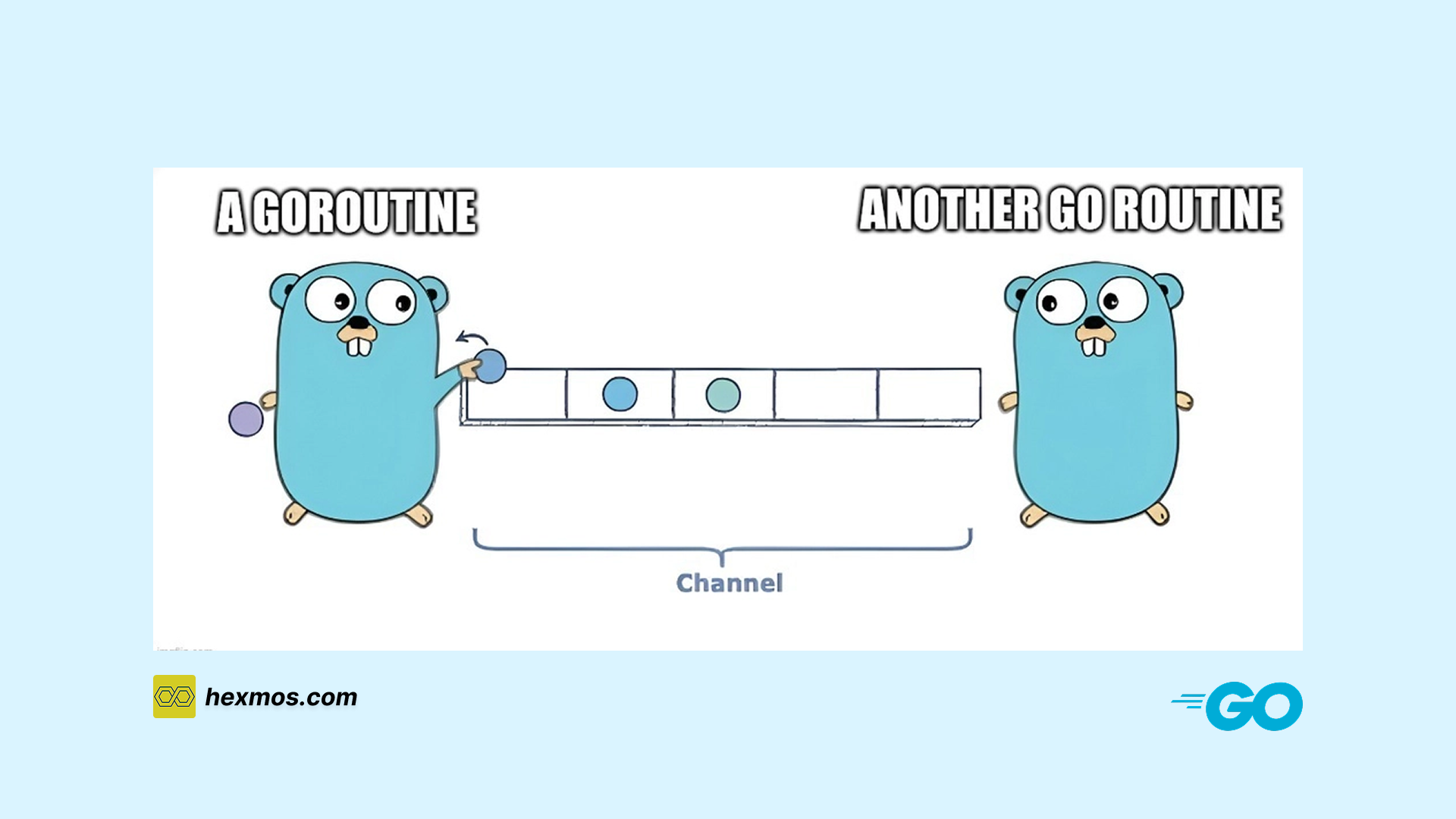These Key Features of GraphQL make it Unique among Other API Technologies
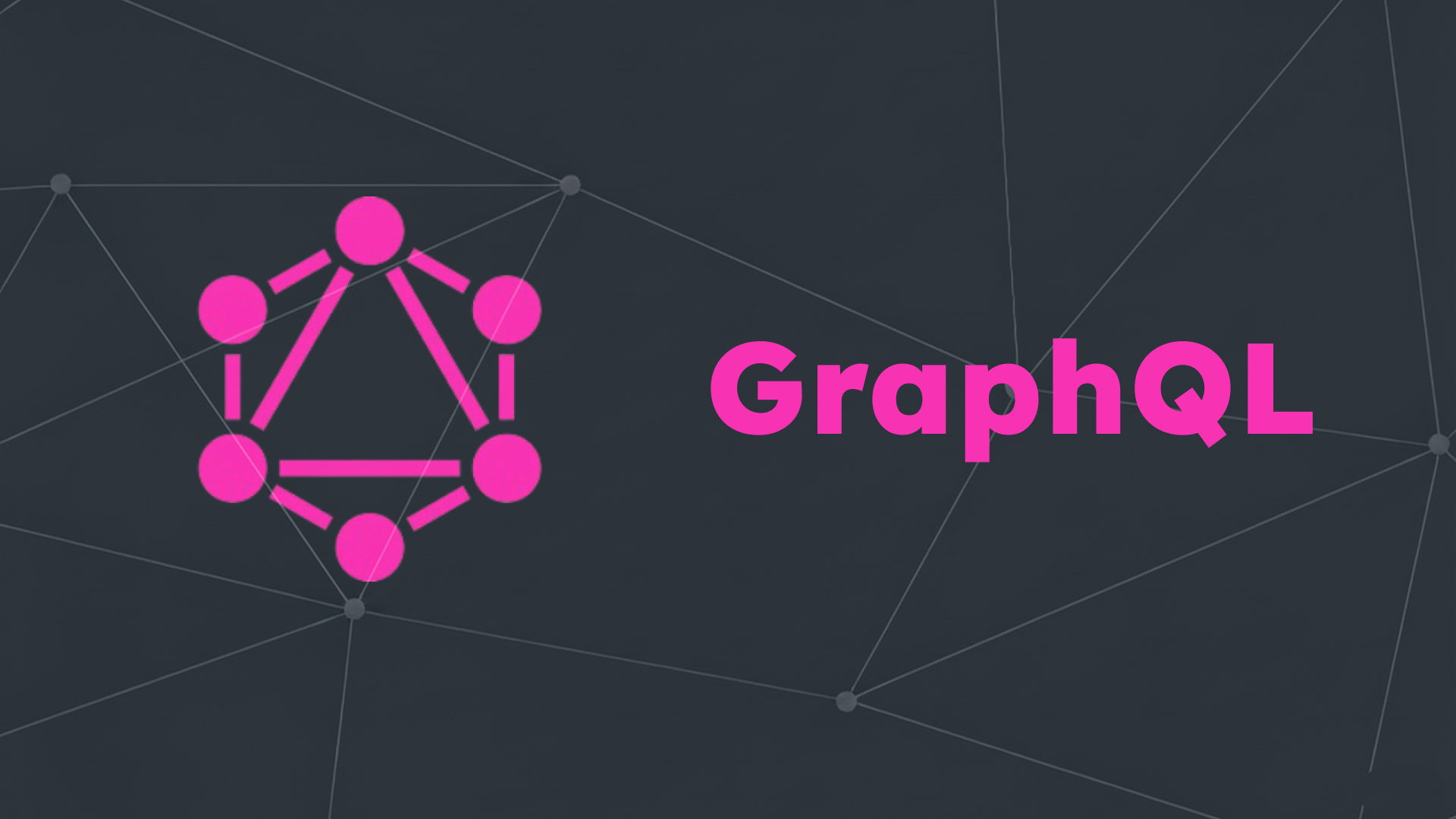
When building modern applications, especially for mobile devices, how you get data from the server to the client is everything. For years, REST has been the standard for API design, but it often comes with frustrations. Let's look at the problems that led to a new way of thinking and the birth of a powerful alternative: GraphQL.
Why was GraphQL introduced in the first place?
Before we dive into GraphQL, it's crucial to understand the challenges it was designed to solve. Traditional API architectures like REST often struggle with two pervasive and inefficient patterns:
-
Over-fetching: This happens when an endpoint returns more data than the client application actually needs. Imagine needing just a user's name but receiving an object with 20 fields of user information. This wastes bandwidth and adds unnecessary processing overhead for the client.
-
Under-fetching:
This is the opposite problem, where a single endpoint doesn't provide all the required data, forcing the client to make multiple API calls. To get a blog post, its author, and its comments, an application might have to make three sequential requests. This "request waterfall" significantly increases load times, especially on slow mobile networks.
These inefficiencies were particularly painful in an increasingly mobile-centric world, setting the stage for a new solution.
The Birth of GraphQL
The story of GraphQL begins at Facebook around 2011-2012. The company was making a critical pivot from HTML5-based mobile apps to fully native experiences. They quickly realized their existing REST-like APIs were deeply inefficient for this new mobile environment. The multiple round-trips and bloated data payloads resulted in slow load times and a poor user experience on unreliable mobile networks.
In response, an internal team was tasked with creating a more efficient data-fetching API specifically for their native iOS application. This project evolved into GraphQL, and its first version was deployed in 2012 to power the News Feed in the redesigned Facebook for iOS app.
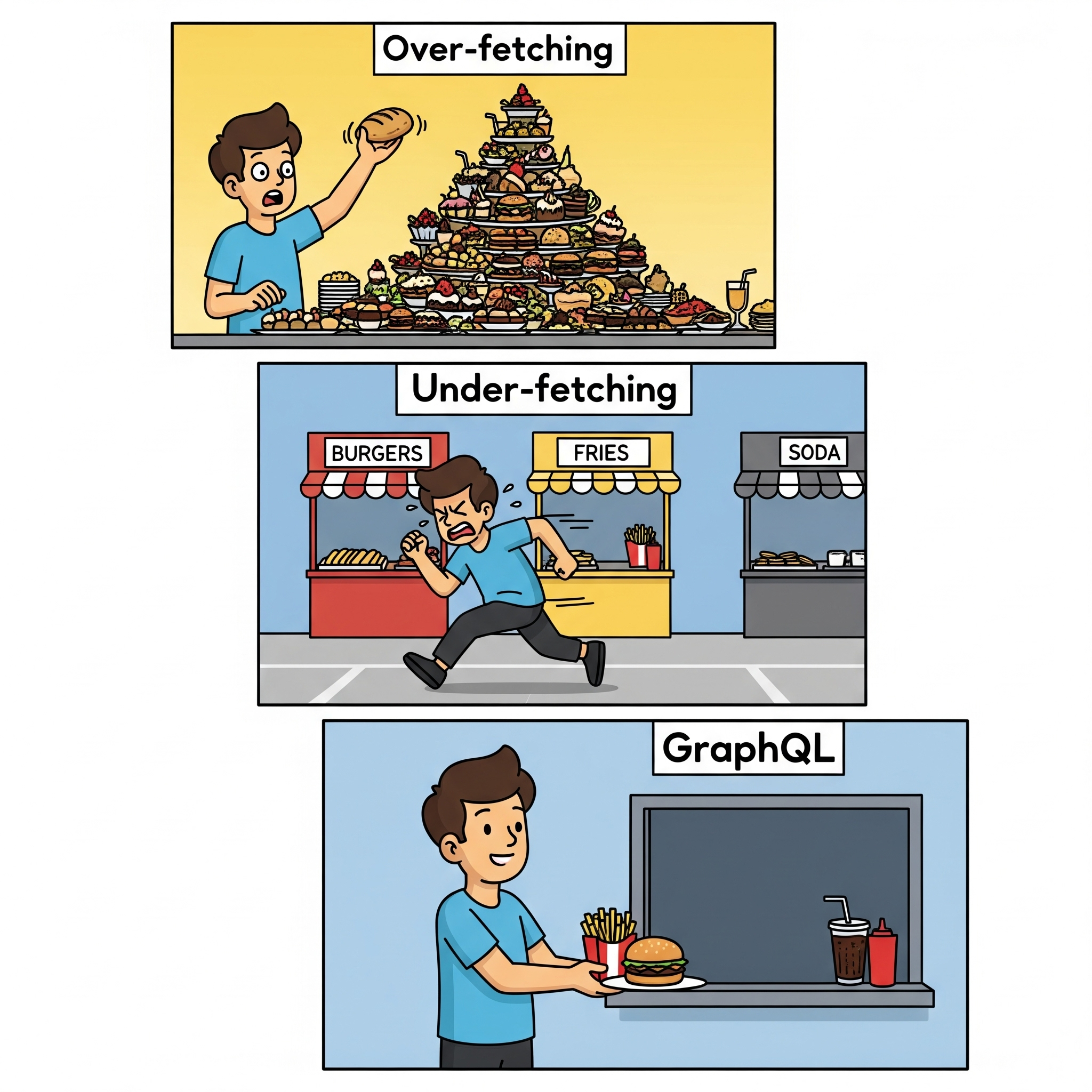
This origin story is key: GraphQL wasn't an academic exercise. It was forged as a practical solution to a pressing business problem, with the performance needs of the client application as its primary driver.
Mastering the Operations: Queries, Mutations, and Subscriptions
At its core, GraphQL allows clients to interact with the API through three distinct types of operations.
Queries: For Reading Data
A GraphQL Query is a read-only operation used to request data from the server. The client declaratively specifies the exact data fields it needs, and the server responds with a JSON object where the structure precisely mirrors the query. This solves over-fetching and under-fetching in a single request.
For example, to fetch a specific user's name and email, the query would look like this:
query {
user(id: 123) {
name
email
}
}
Mutations: For Writing Data
While queries are for reading data, Mutations are used for all write operations, such as creating, updating, or deleting data.
A critical feature is that mutations in a single request are guaranteed to execute serially, which prevents race conditions and makes side effects predictable.
Creating a New User
Here, the mutation creates a new user and asks for the id, name, and email of the newly created user to be returned in the response.
mutation {
createUser(input: { name: "John Doe", email: "johndoe@example.com" }) {
id
name
email
}
}
Updating User Information
This mutation finds a user by their id and updates their information. The response will contain the updated data.
mutation {
updateUser(id: 123, input: { name: "Jane Smith", email: "janesmith@example.com" }) {
id
name
email
}
}
Deleting a User
This mutation deletes a user and returns the data of the user that was just removed.
mutation {
deleteUser(id: 123) {
id
name
email
}
}
Subscriptions: For Real-Time Data
Subscriptions are the third operation type, designed to handle real-time data updates. A client can subscribe to specific events on the server. When that event occurs, the server pushes the updated data to the client over a long-lived connection, typically using WebSockets.
For example, a client could subscribe to receive updates whenever a new comment is added to a specific blog post:
subscription {
newComment(postId: "123") {
id
content
author {
name
}
}
}
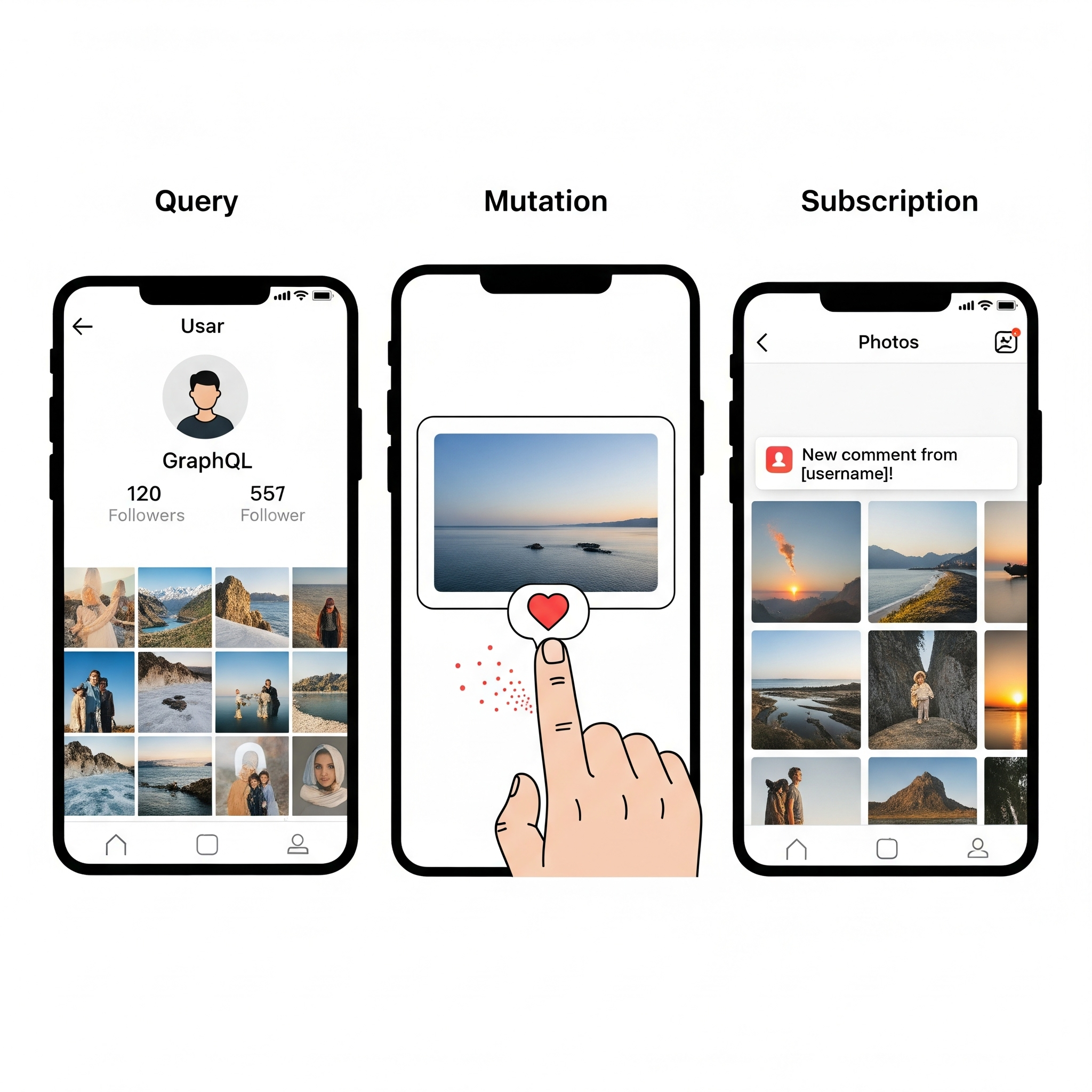
After sending this subscription, the client will maintain a connection to the server and automatically receive the new comment's details every time a comment is added to post "123".
Key Features Of GraphQL
GraphQL isn't just another API technology; its design offers a fundamentally different and powerful approach to data communication. The following features highlight its unique advantages.
A Formal Specification
GraphQL is a specification, not just a style. This means it operates on a strict set of rules that define how data is exchanged, creating a reliable and consistent contract between the client and the server. Any API that follows this specification will behave predictably, regardless of the underlying technology.
Precision Data Fetching
With GraphQL, client applications have the power to request exactly the data they need in a single API call. They can specify the exact fields they require, down to nested objects. This precision ensures that no unnecessary data is sent over the network, saving bandwidth and simplifying data handling on the client side.
The Strongly Typed Schema
At the heart of every GraphQL API is its schema, which is statically typed. The schema acts as a definitive contract, defining every piece of data that can be queried. This strong typing enables powerful developer tools, automatic code generation, and robust error checking before code is even executed.
Predictable and Mirrored Responses
A key feature of GraphQL is its predictable response format. The JSON data returned from the server always mirrors the exact hierarchical structure of the query sent by the client. This makes the data incredibly easy to work with, as developers know precisely what shape to expect in the response.
Decoupled and Flexible Architecture
GraphQL acts as a powerful abstraction layer that decouples the client from the server's data storage. This allows backend services and databases to be changed or updated without breaking the client application. The client only needs to know about the GraphQL schema, not the complex infrastructure behind it.
Protocol-Agnostic Operations
While often used over HTTP, GraphQL itself is protocol-agnostic. It typically uses a single endpoint for all requests, whether the operation is fetching data (Queries), changing data (Mutations), or subscribing to real-time updates (Subscriptions). This simplifies the API surface that developers need to interact with.
Native Real-Time Functionality
One of GraphQL's most powerful features is its built-in support for real-time updates through Subscriptions. This allows a client to establish a persistent connection to the server and receive new data automatically whenever an event occurs. This native capability is essential for building modern, dynamic, and interactive applications.
Conclusion
GraphQL has firmly established itself as a transformative force in the world of API design, moving beyond its origins as a solution for mobile performance to become a foundational technology for modern application development. It represents a paradigm shift to a client-centric, graph-based approach that prioritizes developer experience and front-end performance.
The core strategic value of GraphQL lies not merely in its efficiency at fetching data, but in its power as an abstraction and federation layer40. It allows organizations to present a single, coherent, and strongly-typed data graph to their client applications, effectively hiding the immense complexity of the underlying backend infrastructure. This decoupling empowers front-end teams to innovate and iterate rapidly, without being blocked by the need for constant backend API changes.
However, this power comes with responsibility. The adoption of GraphQL is a significant architectural decision that involves a deliberate trade-off: it solves client-side complexity by shifting that complexity to the server. The challenges of performance optimization, caching, and security are non-trivial and require a deep understanding of the technology's unique characteristics.
Therefore, the decision to adopt GraphQL should not be driven by trends, but by a strategic assessment of an organization's specific needs. It is most compelling for:
-
Applications with complex, hierarchical user interfaces and evolving data requirements.
-
Organizations seeking to improve front-end development velocity and foster greater independence between client and server teams.
-
Architectures based on microservices or those needing to modernize and create a unified interface over legacy systems.
For simpler, resource-oriented APIs with stable data models, the established patterns of REST may remain the more pragmatic choice. Ultimately, GraphQL is not a replacement for any other API technology, but a powerful and complementary tool in the modern architect's toolkit.
LiveReview helps you get great feedback on your PR/MR in a few minutes. Saves hours on every PR by giving fast, automated first-pass reviews. If you're tired of waiting for your peer to review your code or are not confident that they'll provide valid feedback, here's LiveReview for you.
LiveAPI: Interactive API Docs that Convert
Static API docs often lose the customer's attention before they try your APIs. With LiveAPI, developers can instantly try your APIs right from the browser, capturing their attention within the first 30 seconds.



